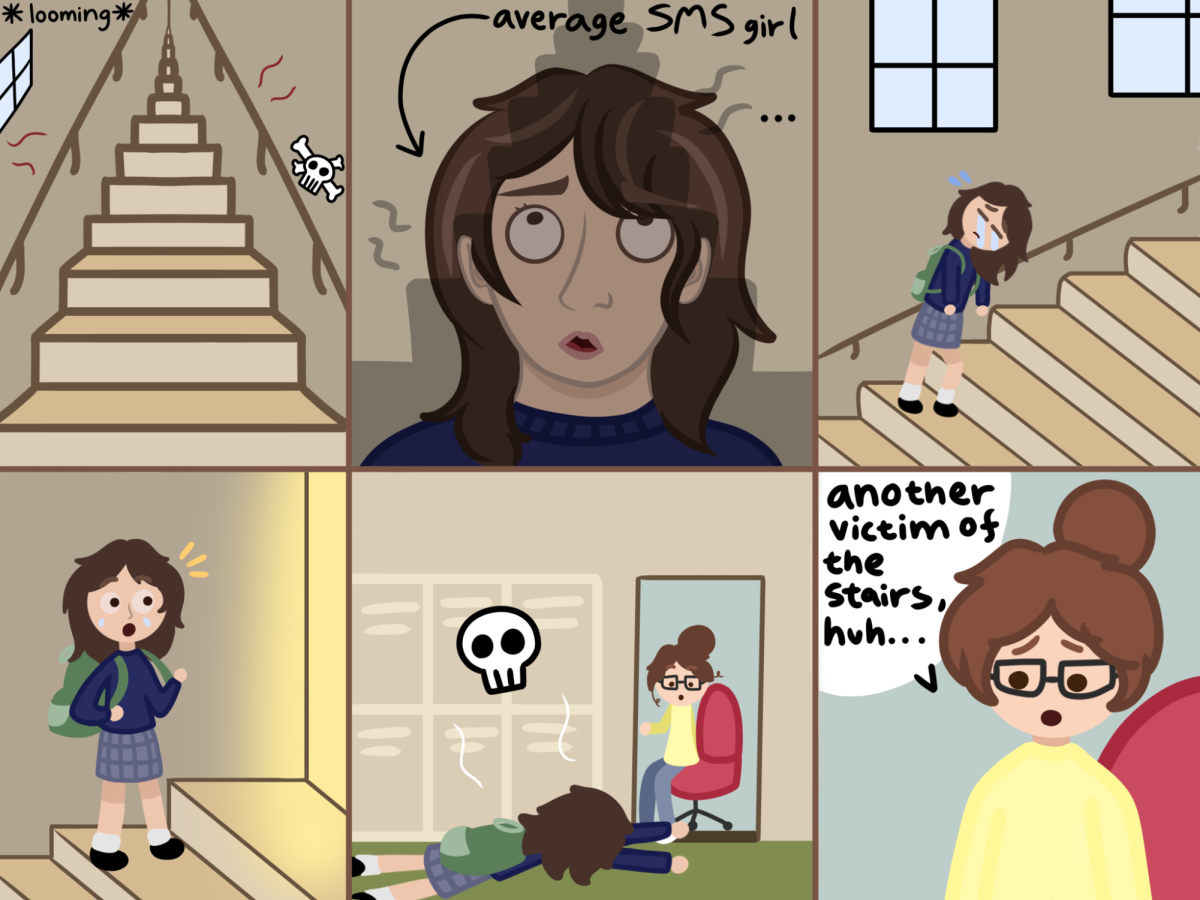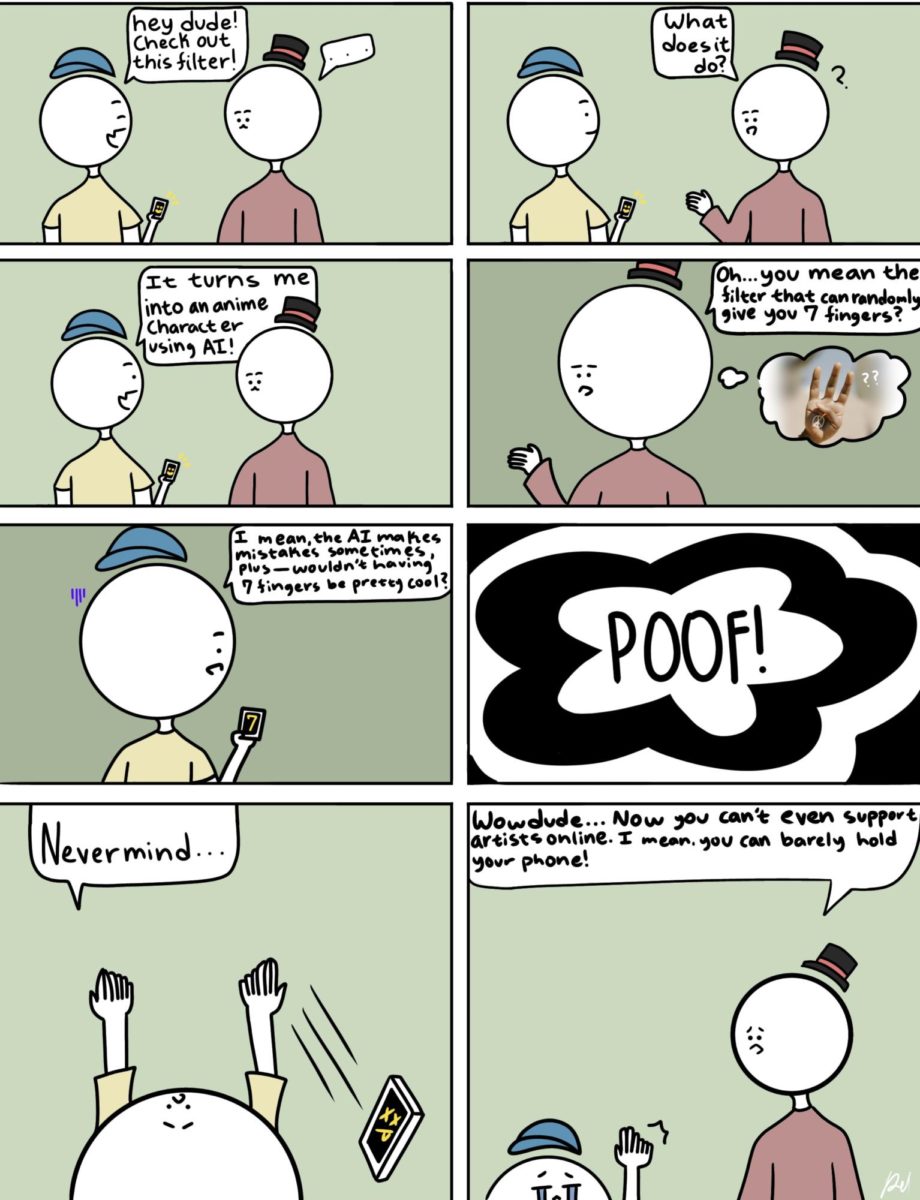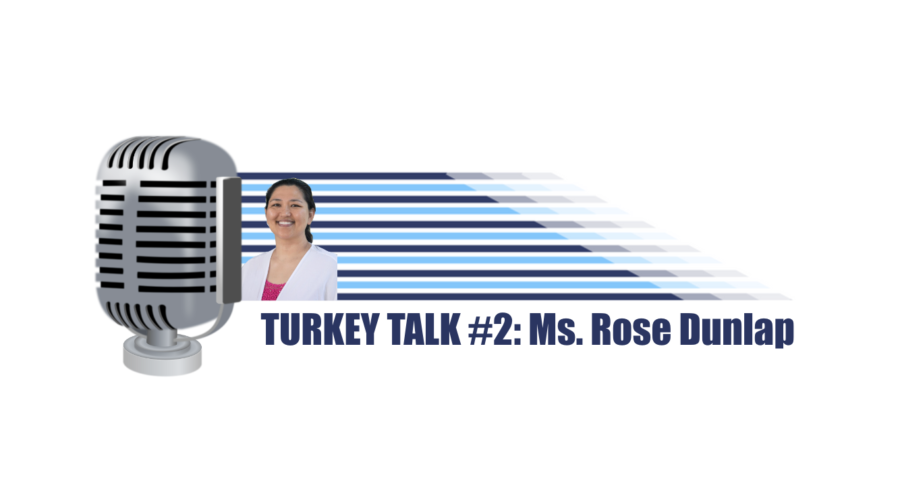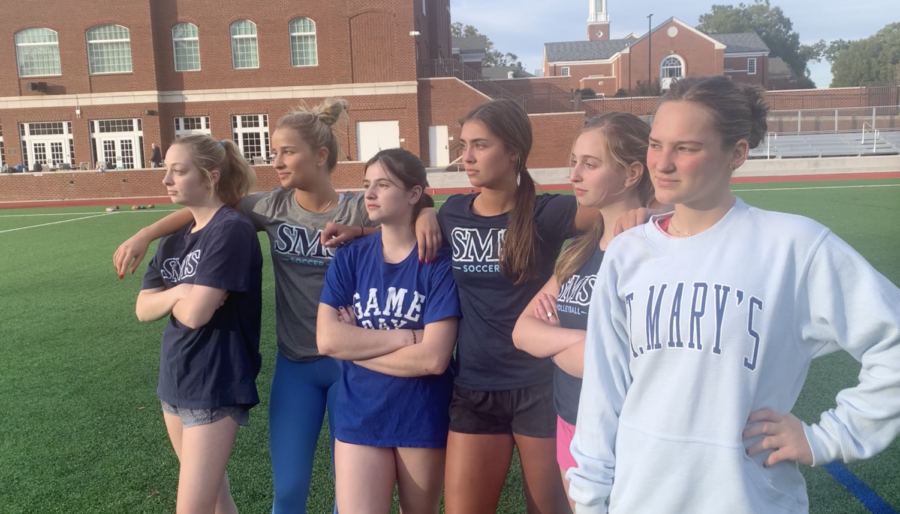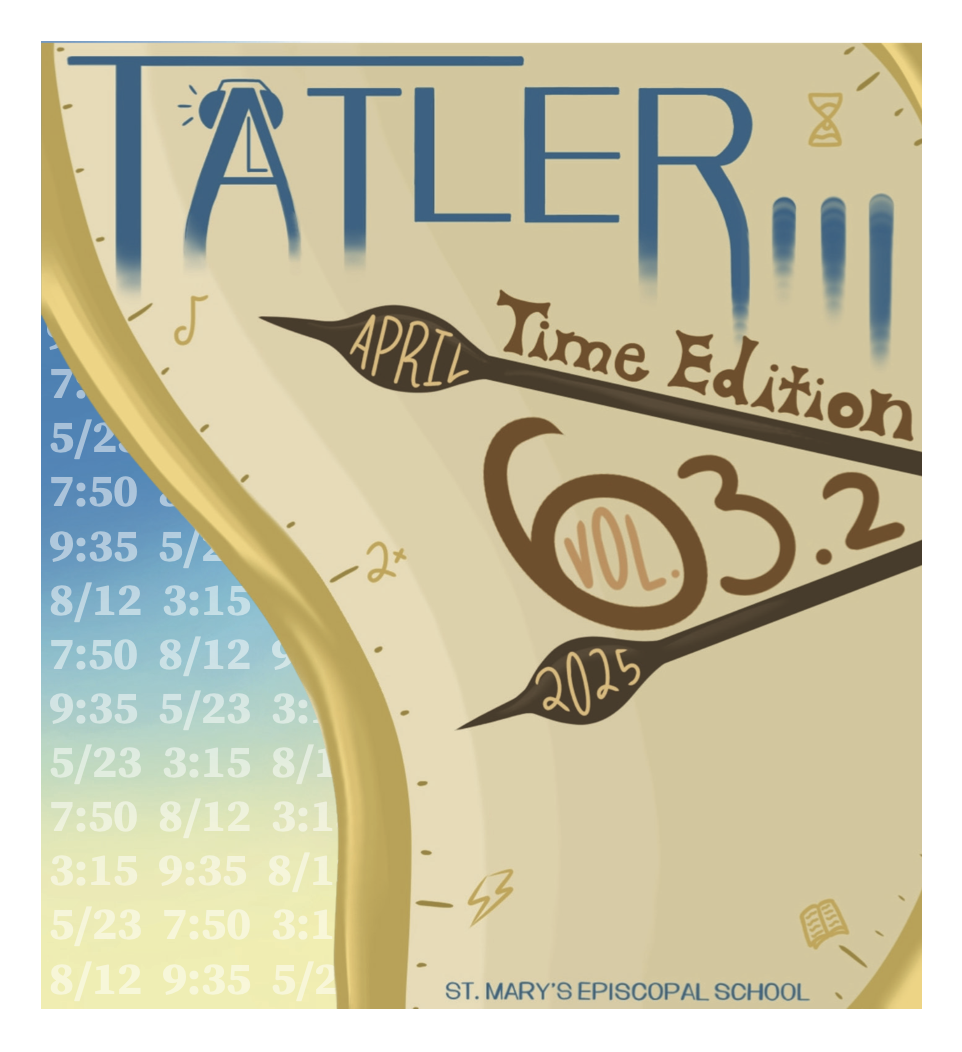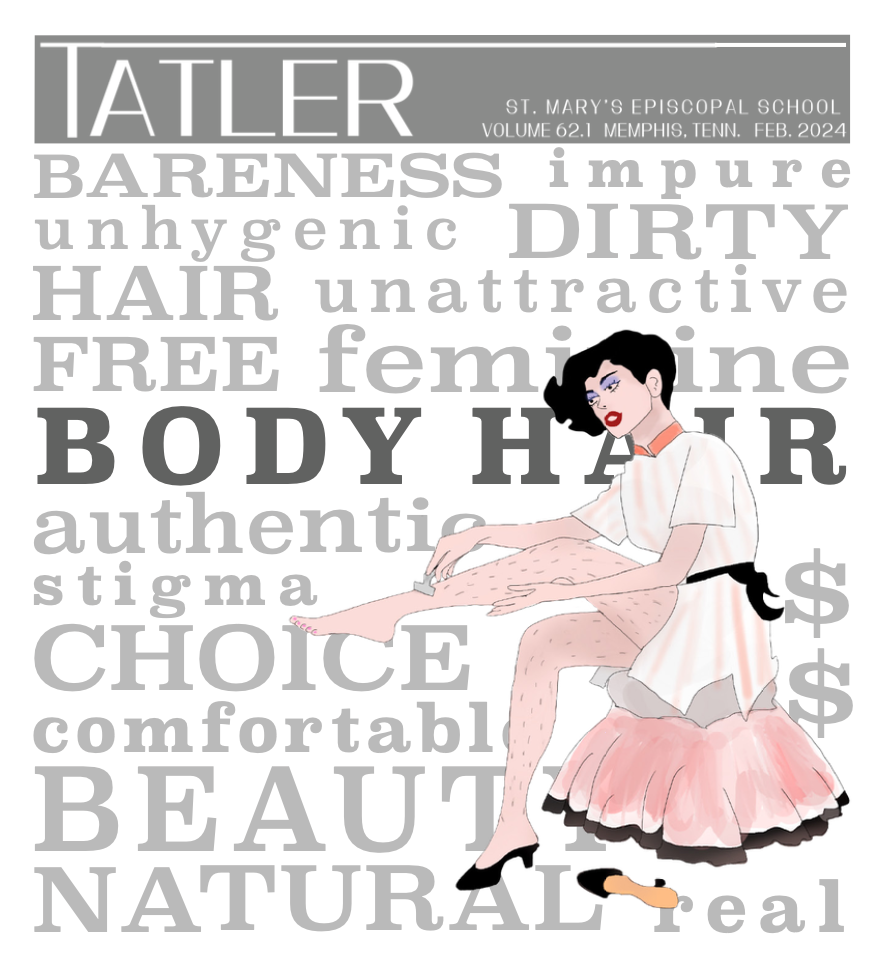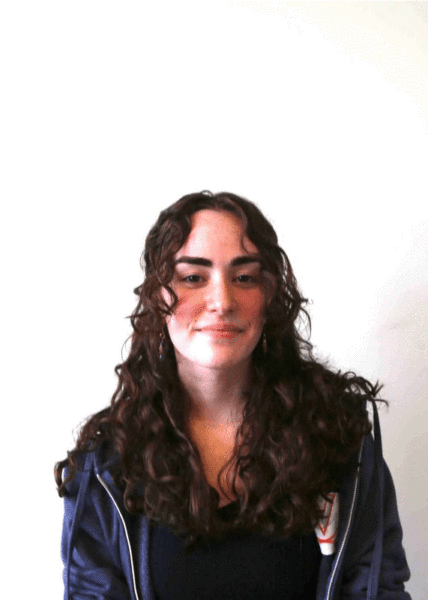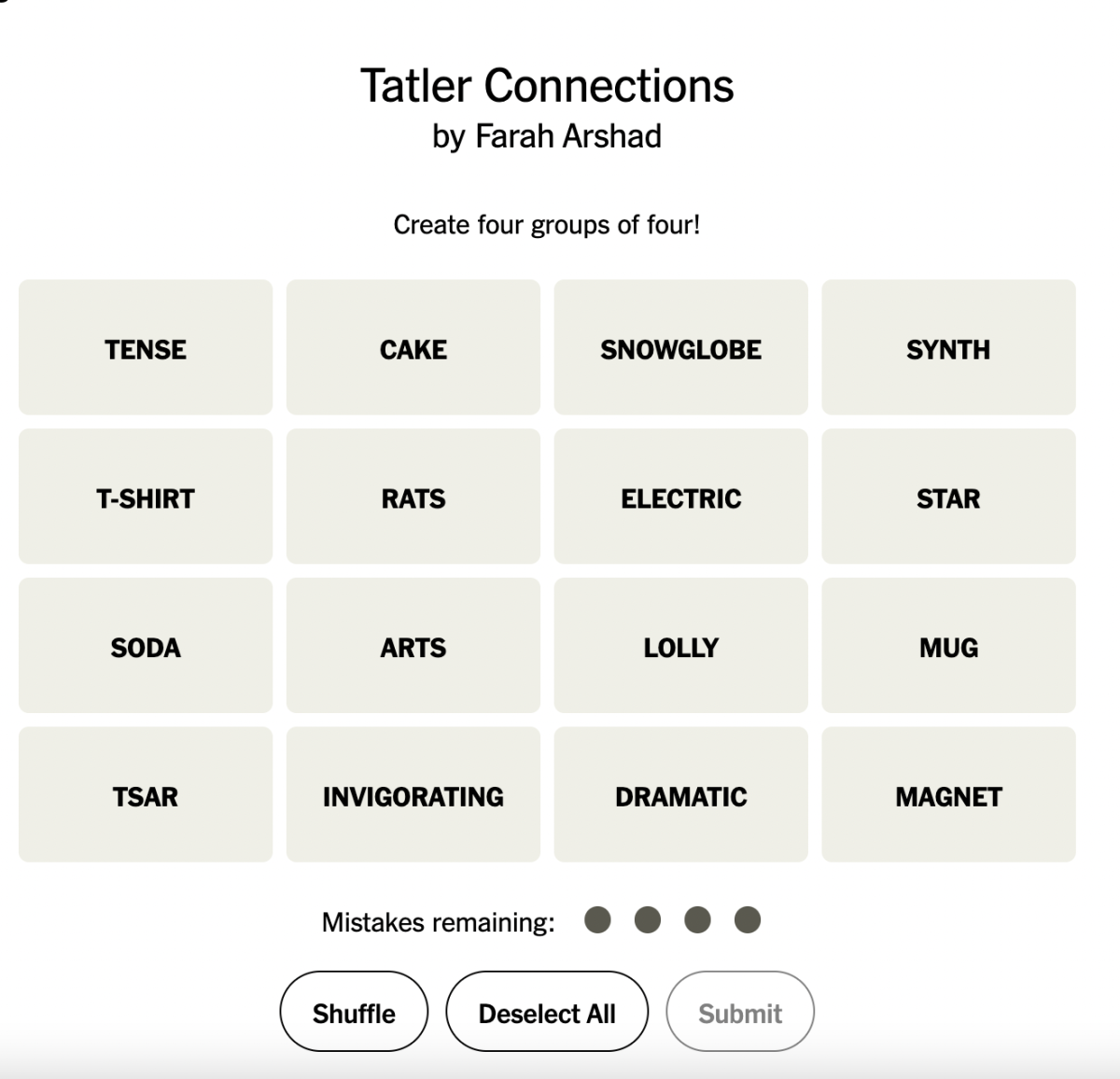Sisyphus’s new boulder is the 19-step beauty routine
Unrealistic and inconsistent beauty standards continue to overflow in social media.
February 6, 2023
The Sisyphus of Greek lore is currently trying to roll a boulder uphill. Mythology says he’s been doing this same job since approximately the 13th century BCE, when he was condemned to an eternity of trying and failing at that simple task. Today, Sisyphus is often used as a shorthand for the exhaustive, futile chores that consume our day to day life. This often comes to mind when I venture into the corners of social media dedicated to beauty trends.
More often than not upon opening my TikTok For You page, I need only scroll for a few minutes before I stumble onto impractical beauty tips, advertisements for expensive cosmetics or the endless cycle of news describing celebrity diets and plastic surgeries. These range from tips on foods to avoid for a more pronounced jawline, to $100 face creams promising to eliminate acne, to the newest evolution of laser hair removal–all promising to bring the viewer closer to the ideal beauty standard.
But these beauty standards are not a constant on TikTok. Like all aspects of popular culture, the ideal of beauty is fleeting. It cycles through old eras and evolves based on current trends, like the newest popular makeup palettes or the most popular AI filters.
As a result, beauty standards are growing increasingly unreachable.
Often, Tiktok trends capitalize on physical insecurities, leading young audiences to seek “solutions” for natural features of their bodies.
Recently, a procedure called buccal fat removal has been making the rounds on TikTok. The tag for this procedure, which involves removing fat from under the cheekbones to sharpen face shape, has over 157 million views.
This trend has already attracted plenty of critique. As a permanent and drastic facial surgery, buccal fat removal is often alarming to witness. It’s expensive, rife with potential risks and based on fleeting beauty trends.
But while the idea of this surgical procedure may be disturbing, I would argue that the underlying issue is with the nature of the beauty industry itself.
A core element of advertising is that of ‘artificial demand.’ Big companies, forced to compete in a fast-paced and oversaturated digital environment, use advertising to drive up public demand for their products, manufacturing a sense of deficiency among an otherwise content audience.
The beauty industry on TikTok parallels this concept in a broader, more abstract sense. TikTok influencers, beauty companies and the TikTok algorithm itself all stand to benefit from creating artificial demand for both beauty products and beauty videos.
This artificial need manifests itself as insecurities. TikTok beauty videos often prey on our discomfort with our features such as natural face shapes, nose slopes, skin colors, body shapes, body hair and skin textures.
Recently, I encountered a video advertising an “anti-wrinkle” straw, designed to prevent creasing around the mouth. In another, a woman promised to fix her audience’s uneven face shapes by demanding that they sleep on their back and only their back. One video recommended an expensive product to hide leg pores. In another, a woman detailed her go-to daily beauty routine, which was 19 steps long.
For every like on a video describing how to eradicate a natural bodily feature or advertising an expensive skincare product, the algorithm recommends three more videos along similar lines.
The good news is that unlike the Sisyphus of Greek legend, we are free to leave our boulders behind. The burden of endless beauty trends is only imposed upon those who let themselves chase social media’s ideal beauty.
Both as audiences and individuals, we have to learn how to reject the cycle. Take a step back from your TikTok feed, set down the boulder and refuse to let social media determine your vision of your ideal self. The cycle of insecurity begins with you – and it can end with you, too.



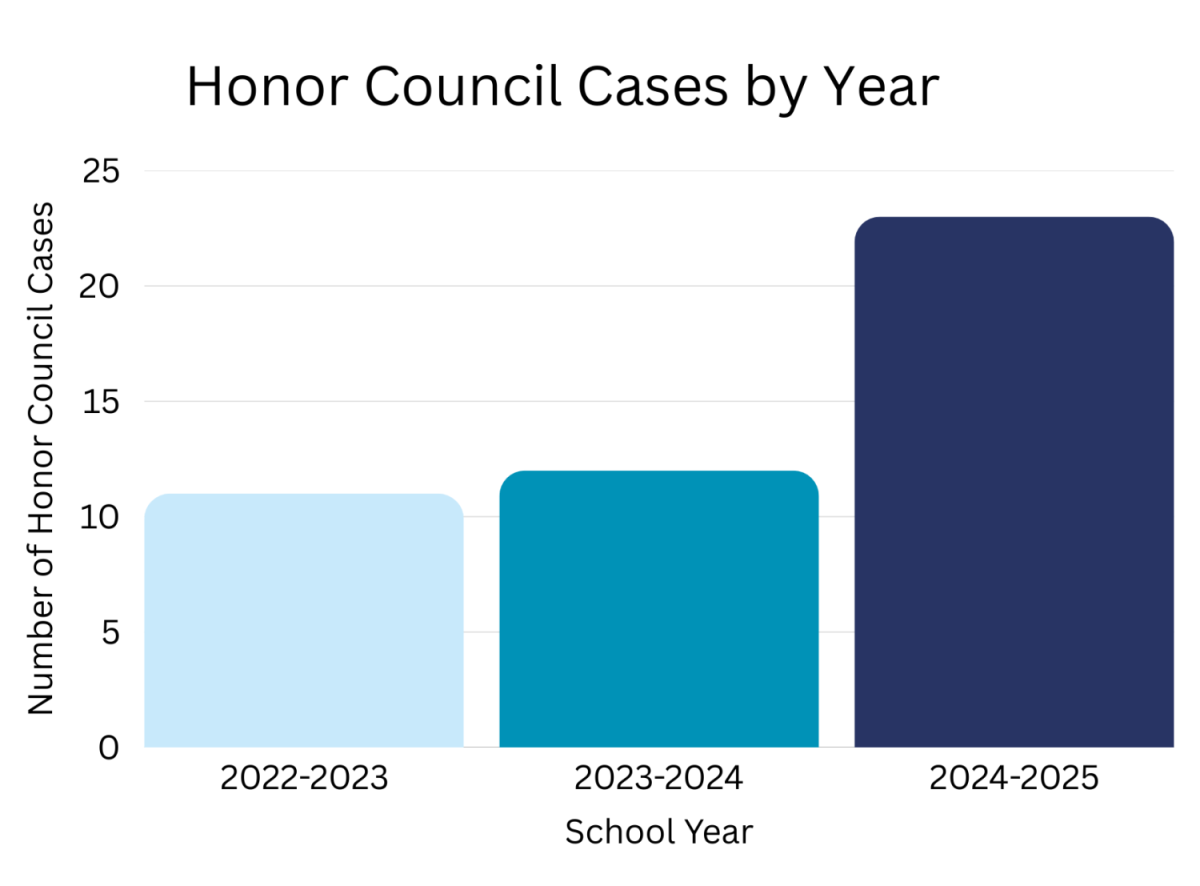
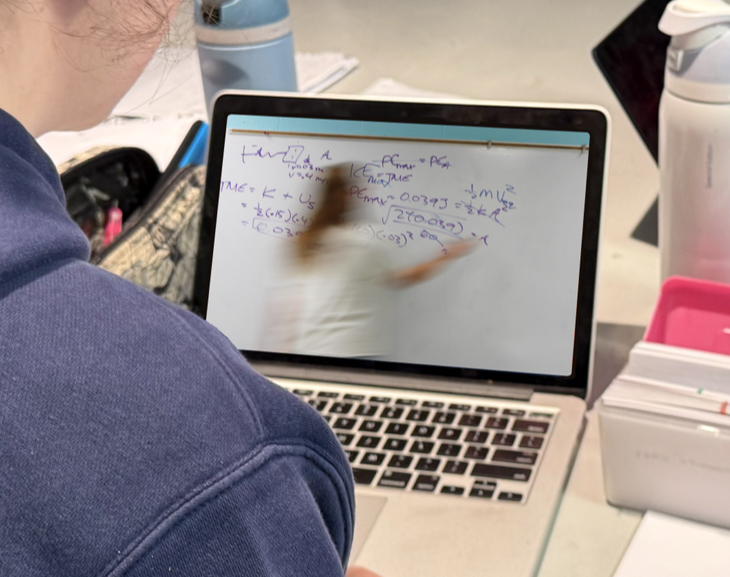
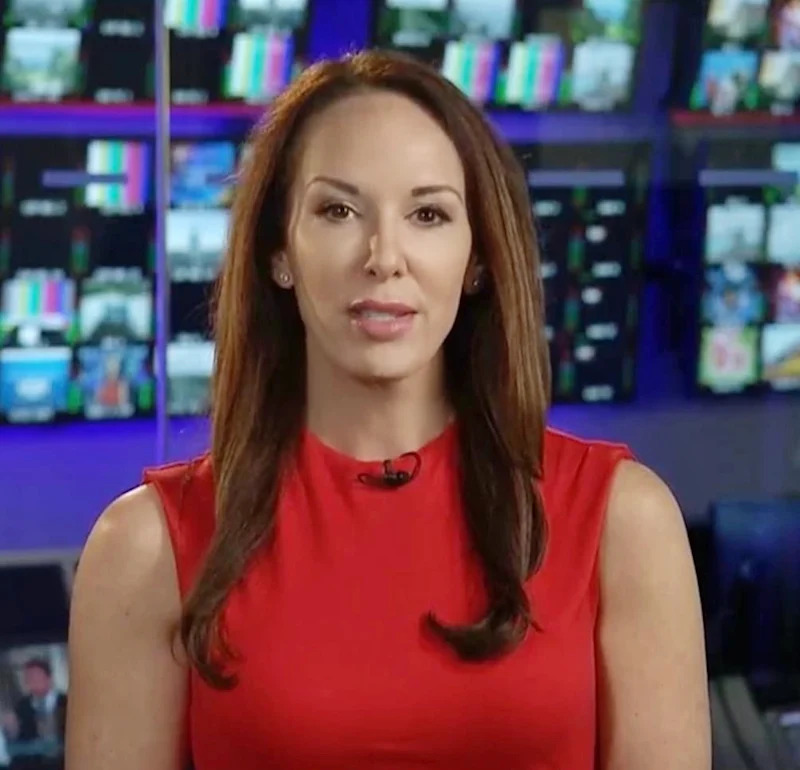
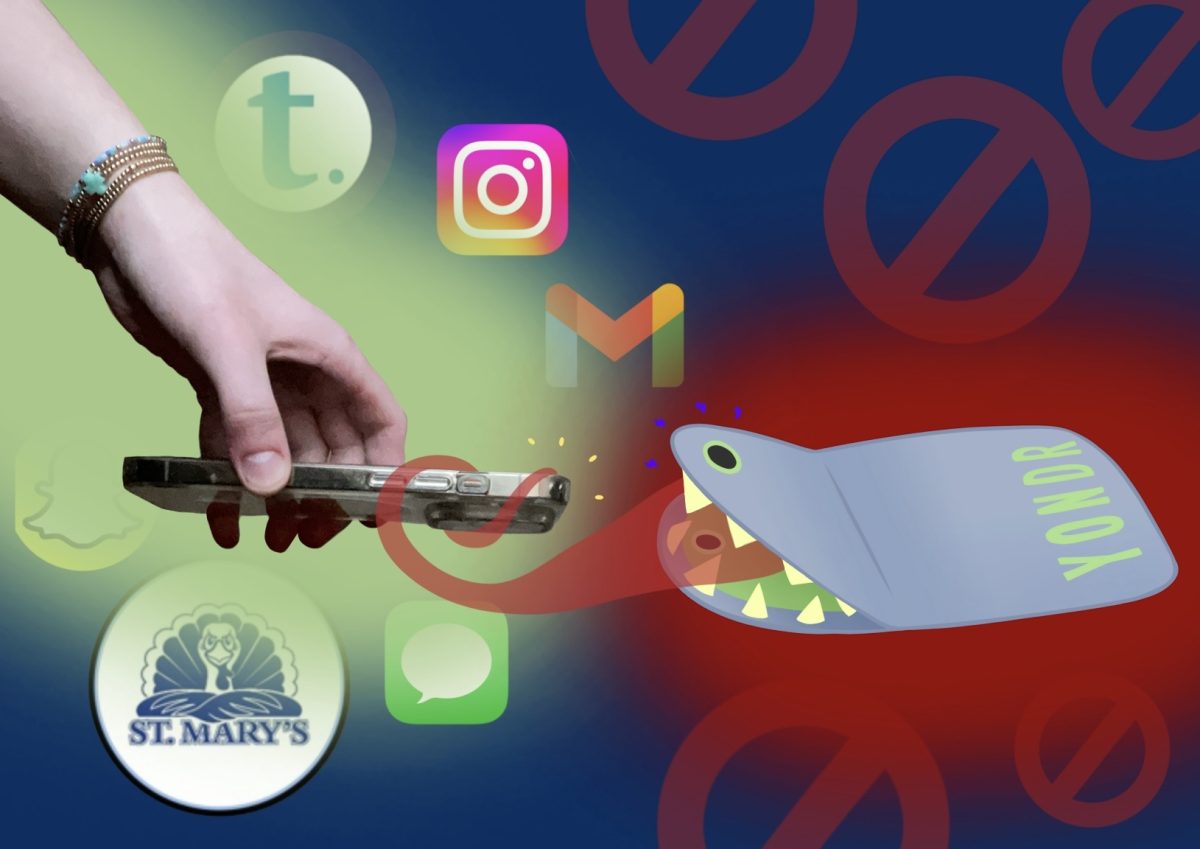




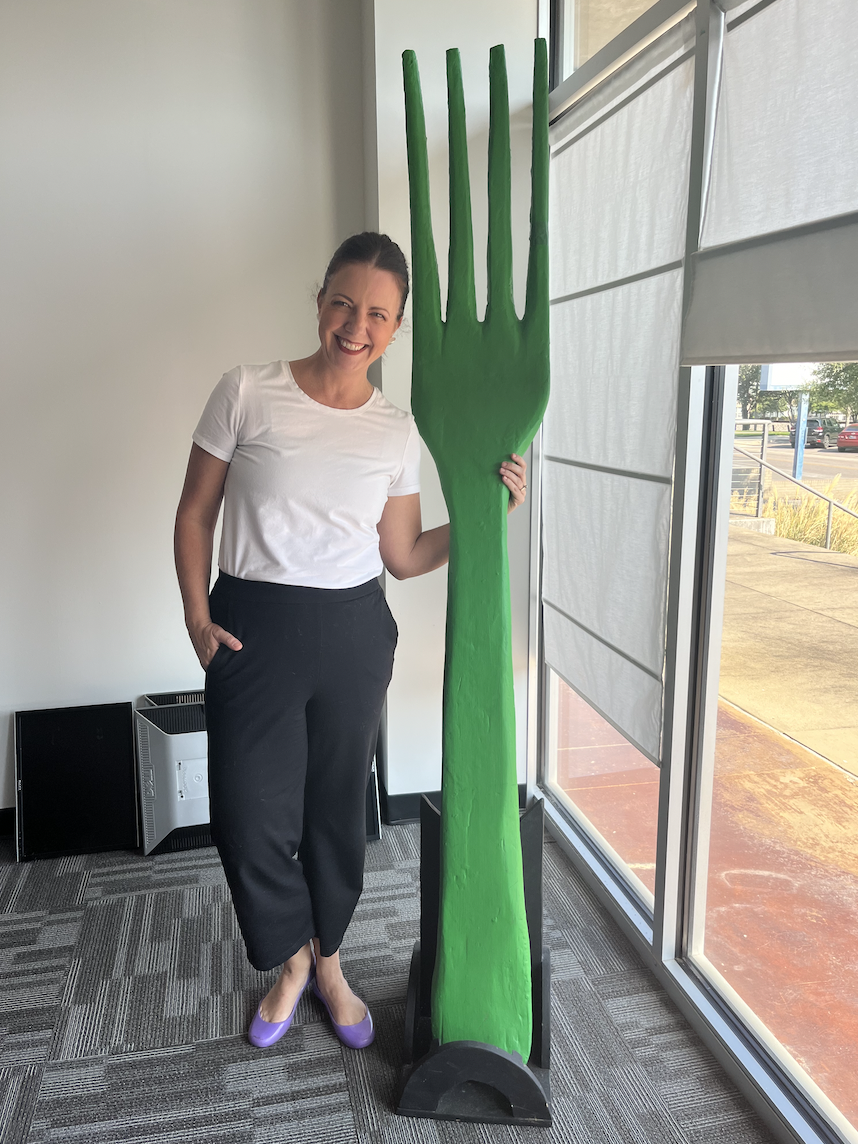
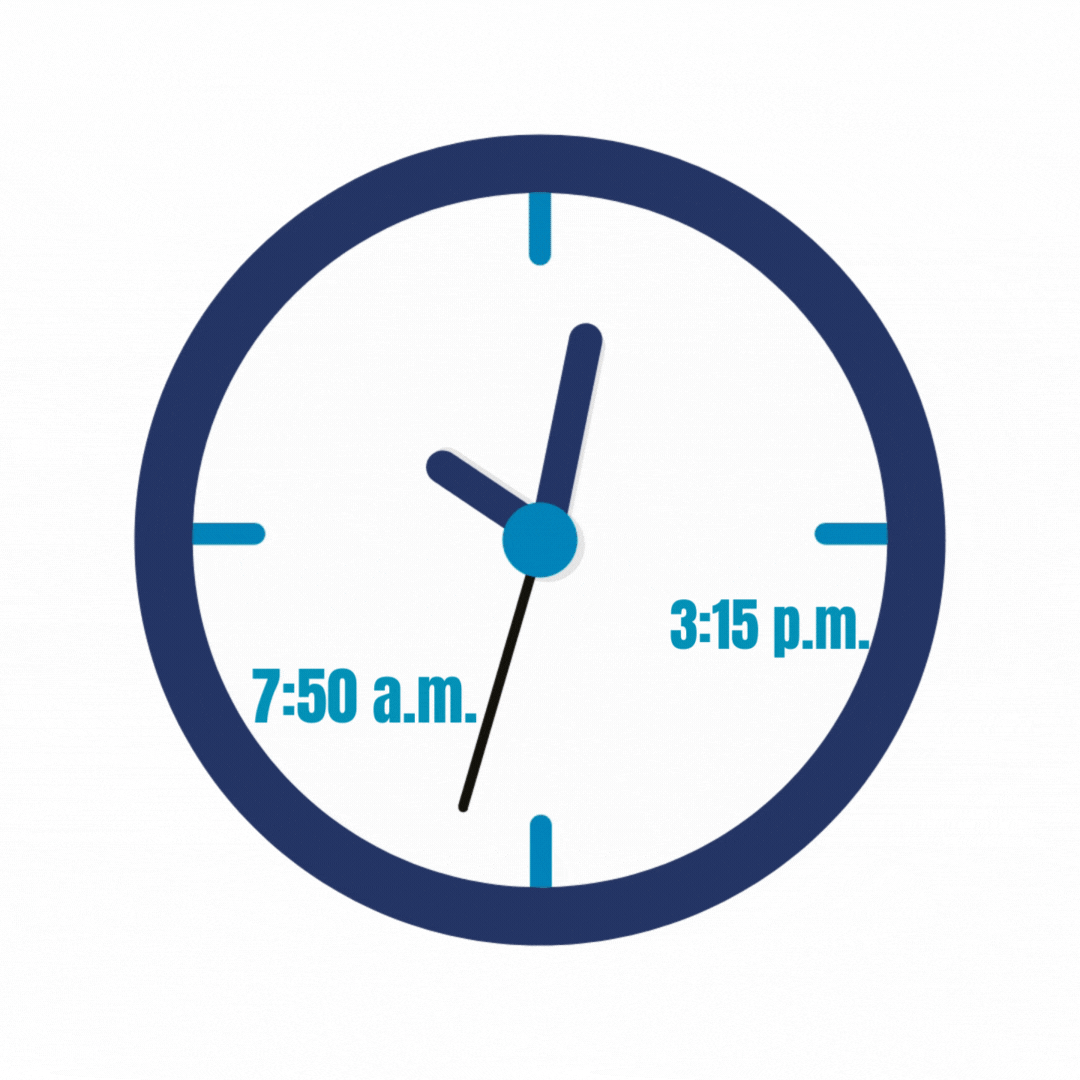



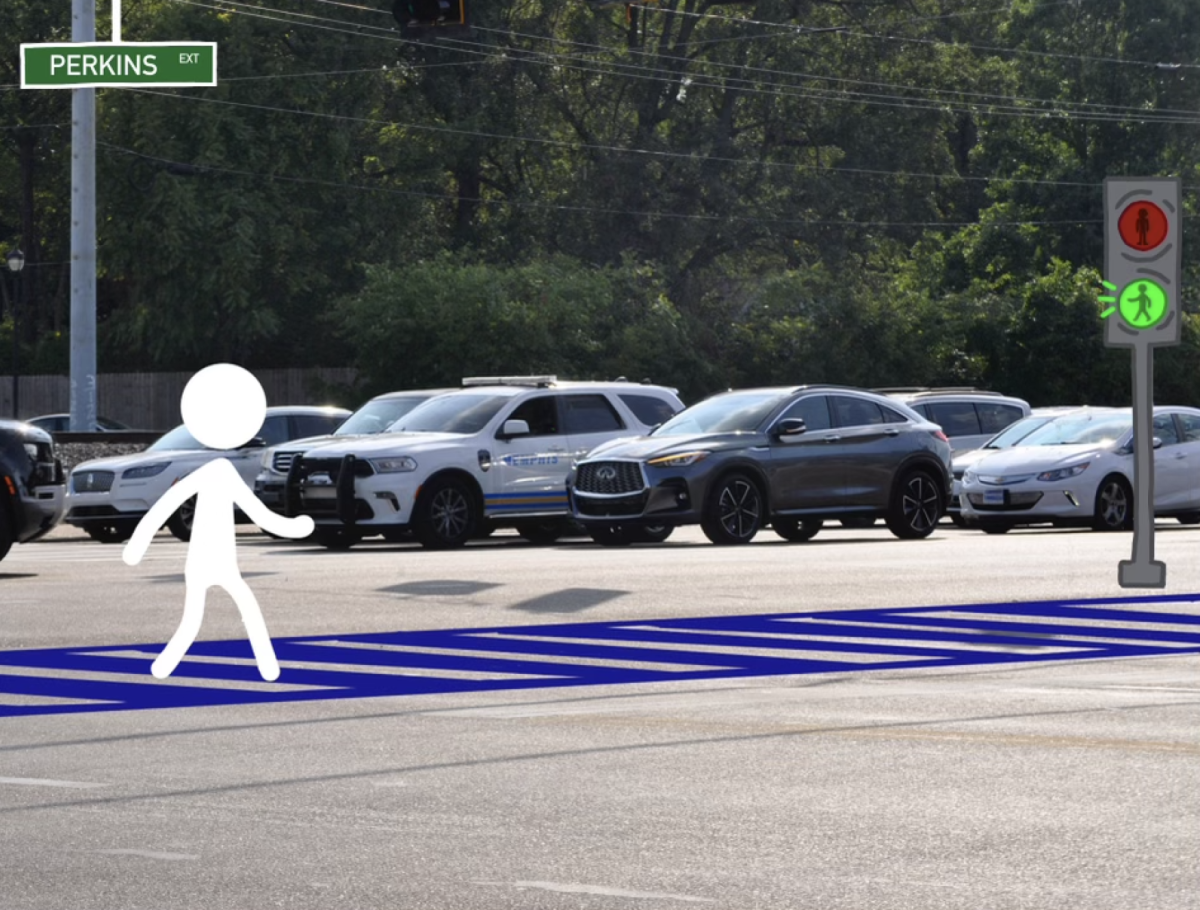


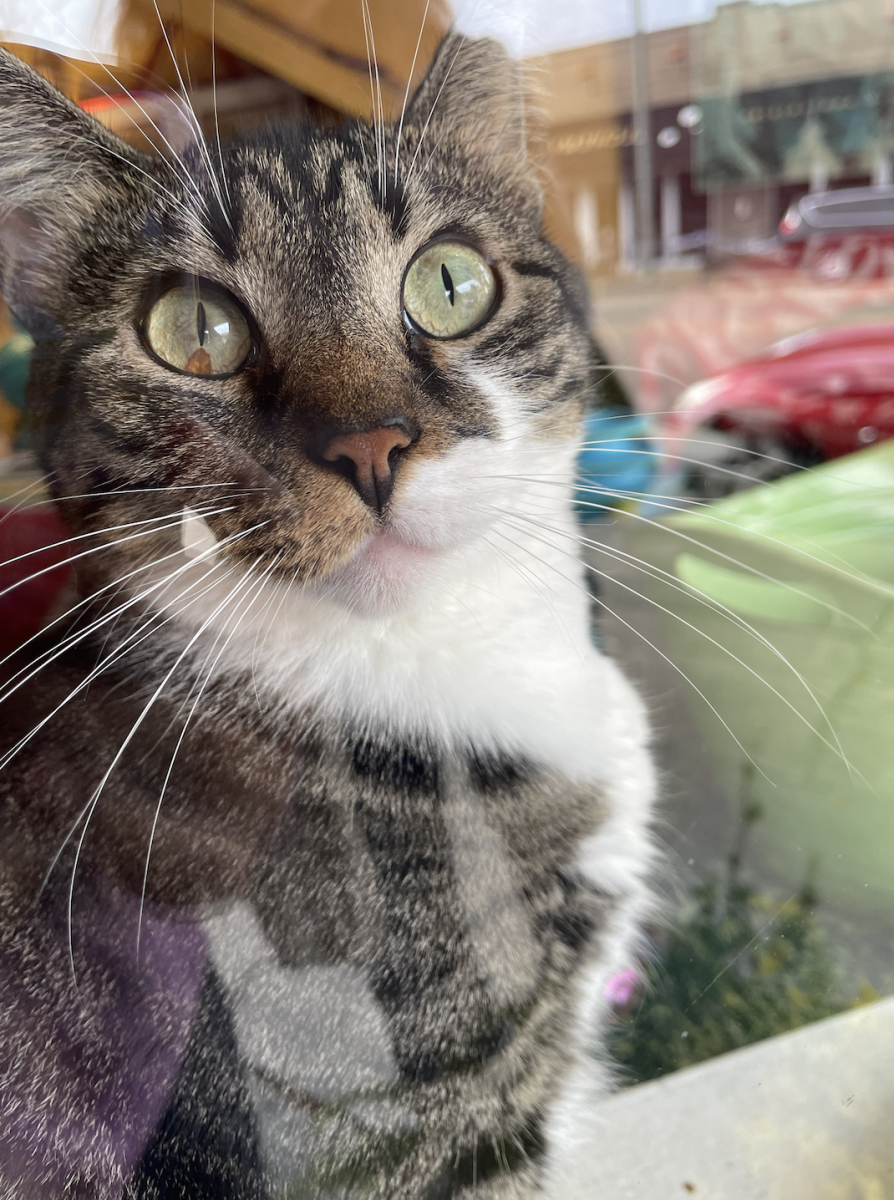

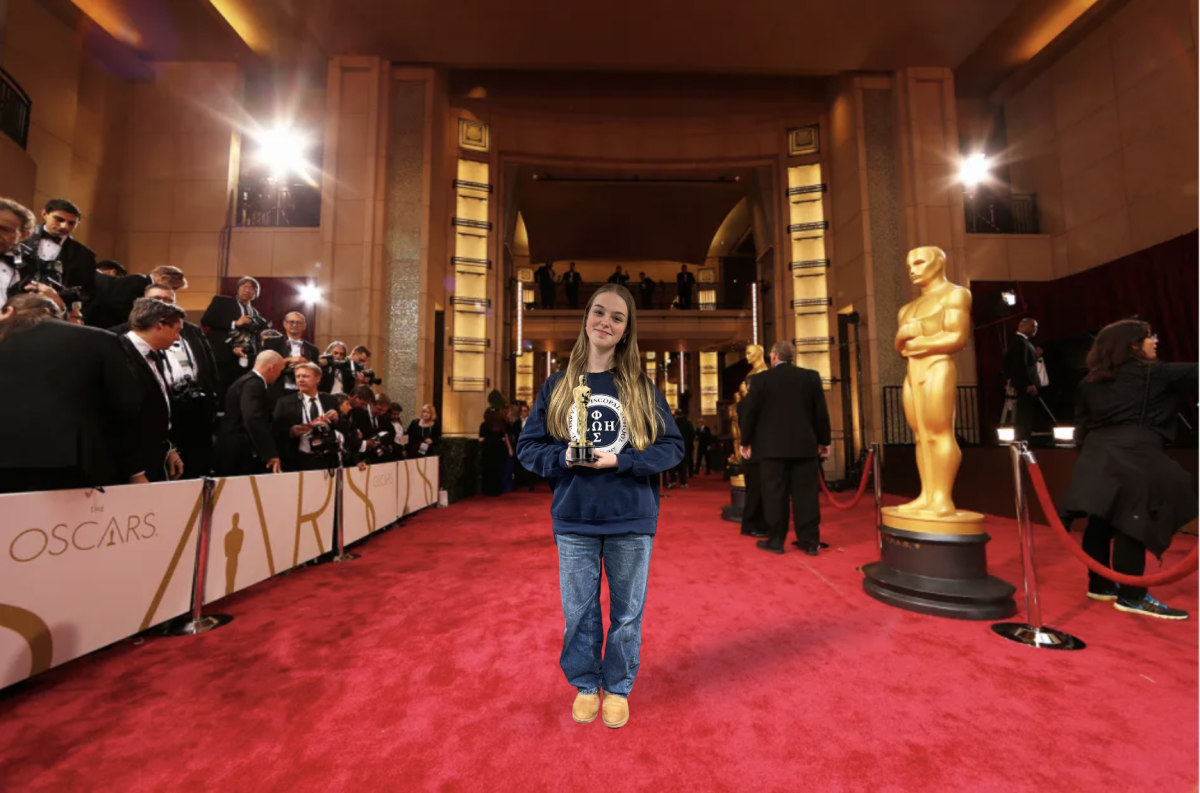
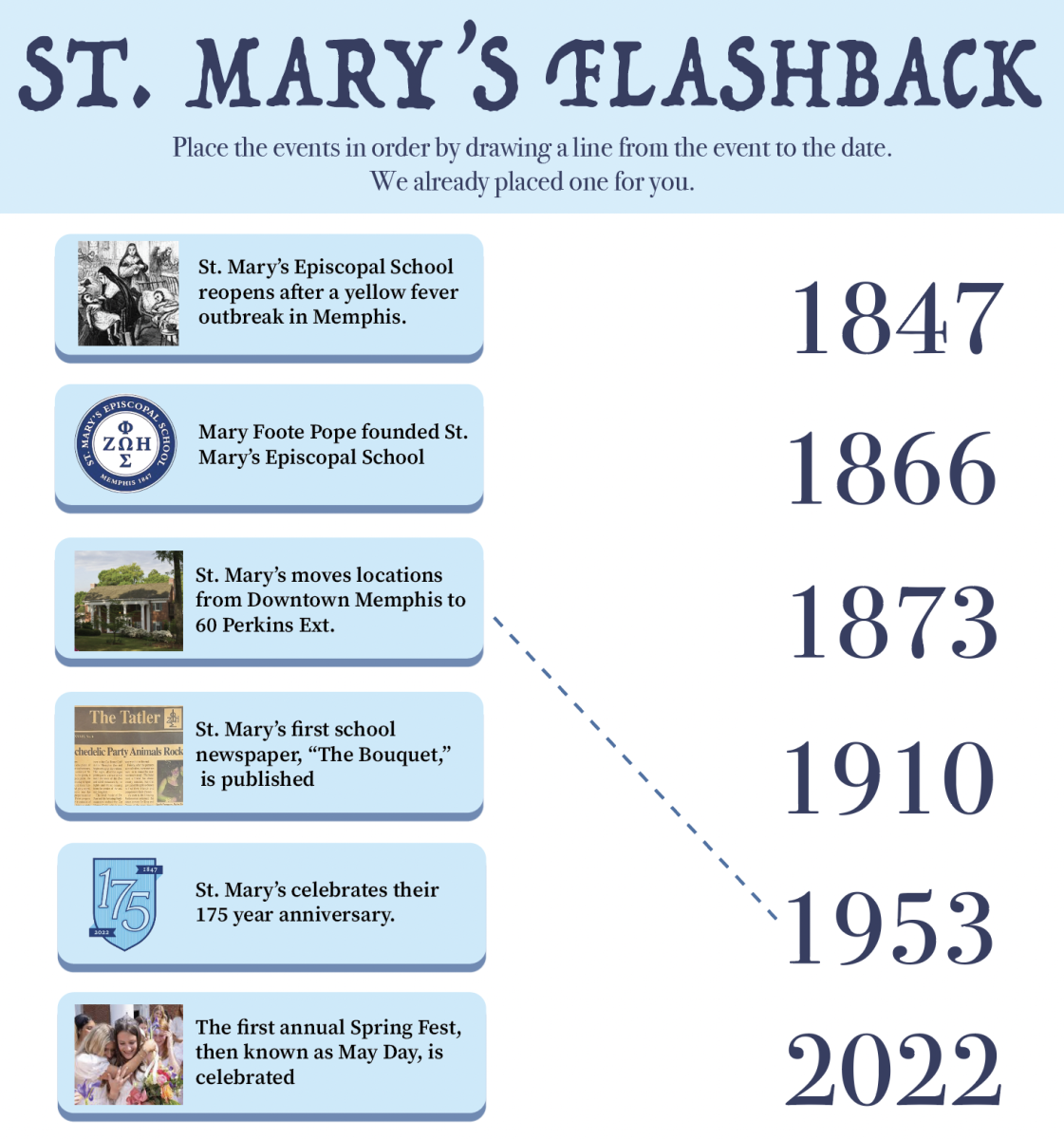
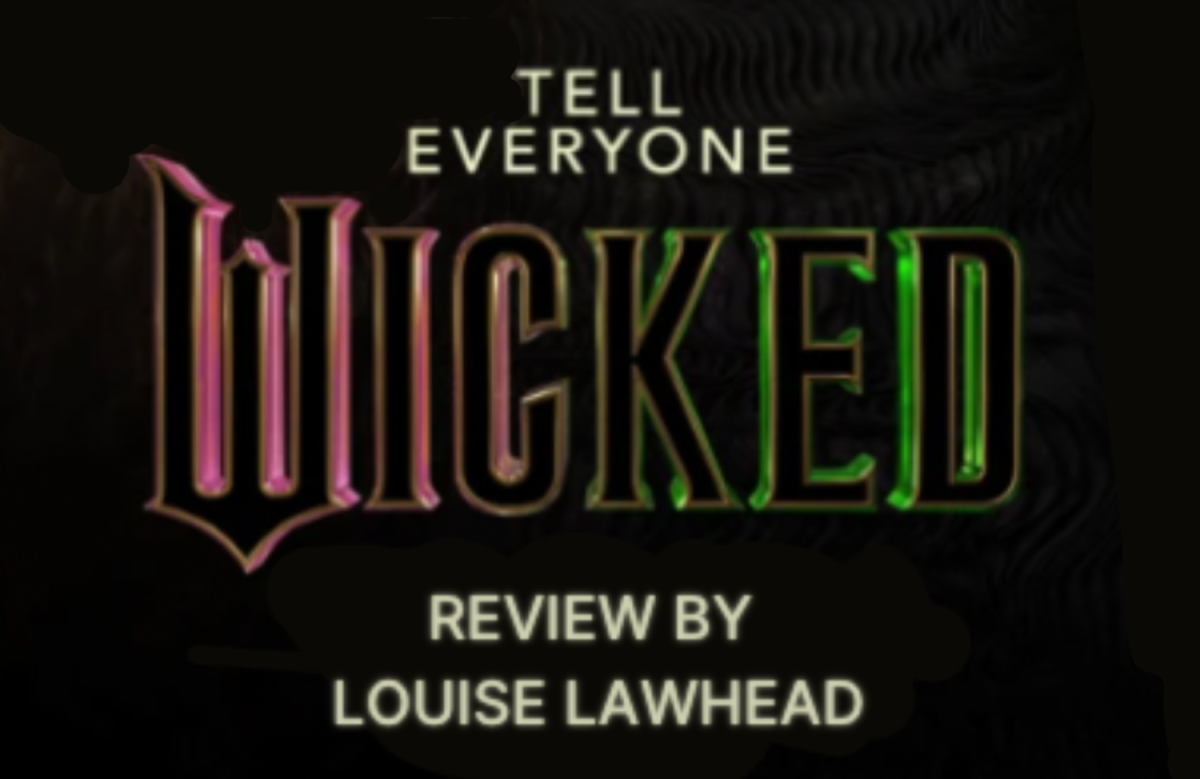
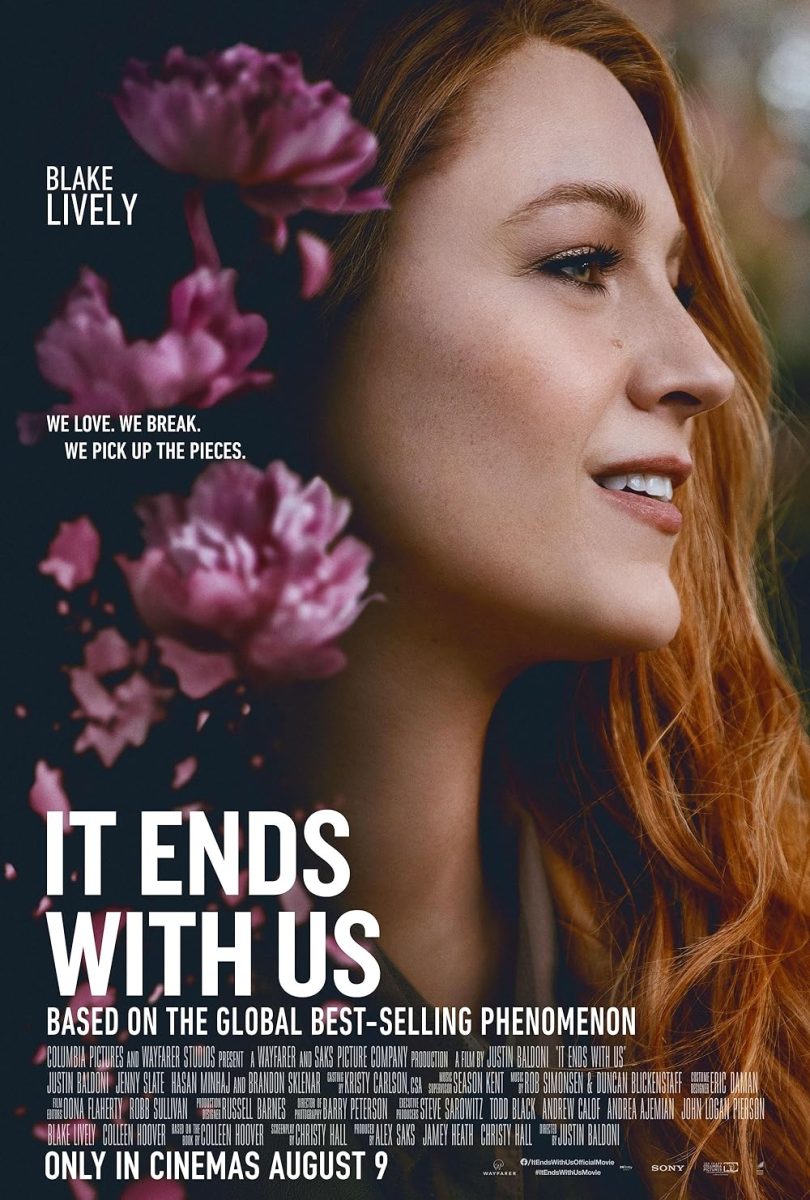

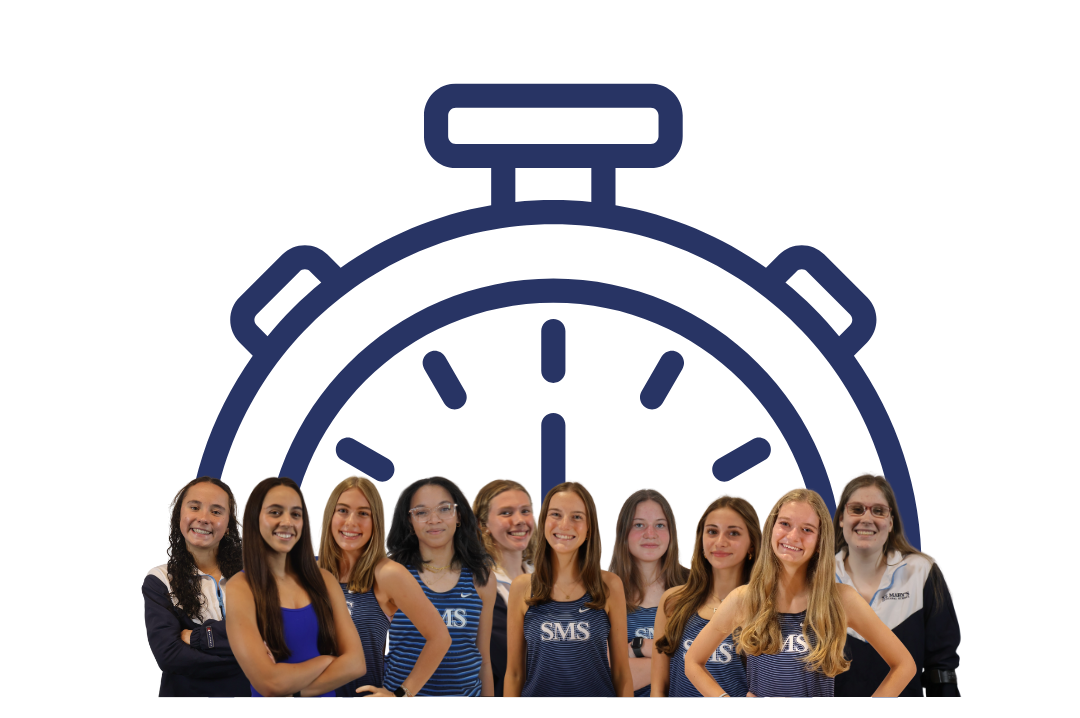





![[GALLERY] Walking in (Downtown) Memphis](https://stmarystatler.org/wp-content/uploads/2024/04/E1DAD3FE-E2CE-486F-8D1D-33D687B1613F_1_105_c.jpeg)
